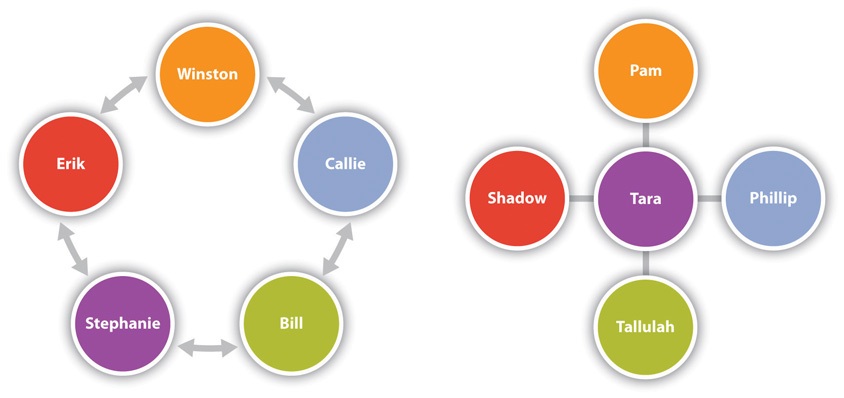Foundation of Persuasion
Persuasive speaking seeks to influence the beliefs, attitudes, values, or behaviors of audience members. In order to persuade, a speaker has to construct arguments that appeal to audience members. Arguments form around three components: claim, evidence, and warrant. The claim is the statement that will be supported by evidence. Your thesis statement is the overarching claim for your speech, but you will make other claims within the speech to support the larger thesis. Evidence, also called grounds, supports the claim. The main points of your persuasive speech and the supporting material you include serve as evidence. For example, a speaker may make the following claim: “There should be a national law against texting while driving.” The speaker could then support the claim by providing the following evidence: “Research from the US Department of Transportation has found that texting while driving creates a crash risk that is twenty-three times worse than driving while not distracted.” Thewarrant is the underlying justification that connects the claim and the evidence. One warrant for the claim and evidence cited in this example is that the US Department of Transportation is an institution that funds research conducted by credible experts. An additional and more implicit warrant is that people shouldn’t do things they know are unsafe.
Figure 11.2 Components of an Argument

The quality of your evidence often impacts the strength of your warrant, and some warrants are stronger than others. A speaker could also provide evidence to support their claim advocating for a national ban on texting and driving by saying, “I have personally seen people almost wreck while trying to text.” While this type of evidence can also be persuasive, it provides a different type and strength of warrant since it is based on personal experience. In general, the anecdotal evidence from personal experience would be given a weaker warrant than the evidence from the national research report. The same process works in our legal system when a judge evaluates the connection between a claim and evidence. If someone steals my car, I could say to the police, “I’m pretty sure Mario did it because when I said hi to him on campus the other day, he didn’t say hi back, which proves he’s mad at me.” A judge faced with that evidence is unlikely to issue a warrant for Mario’s arrest. Fingerprint evidence from the steering wheel that has been matched with a suspect is much more likely to warrant arrest.
As you put together a persuasive argument, you act as the judge. You can evaluate arguments that you come across in your research by analyzing the connection (the warrant) between the claim and the evidence. If the warrant is strong, you may want to highlight that argument in your speech. You may also be able to point out a weak warrant in an argument that goes against your position, which you could then include in your speech. Every argument starts by putting together a claim and evidence, but arguments grow to include many interrelated units.